The tours to see London's abandoned and unused tube stations and other underground areas fully book well in advance. I booked a ticket to Clapham South last spring, and the time finally came for me to go on the tour last week. Clapham South is the site of bunkers and air raid shelters that we constructed for World War II during the Blitz when the German planes were bombing London. A few of these shelters were constructed along the northern line and central line, but many were never completed. Clapham South was built to house 8,000 people (although they wished it to be more at the time). It was built to stand against a direct hit from a 500lb bomb. London Transport Museum have a lease to turn these tunnels into a visitor attraction.
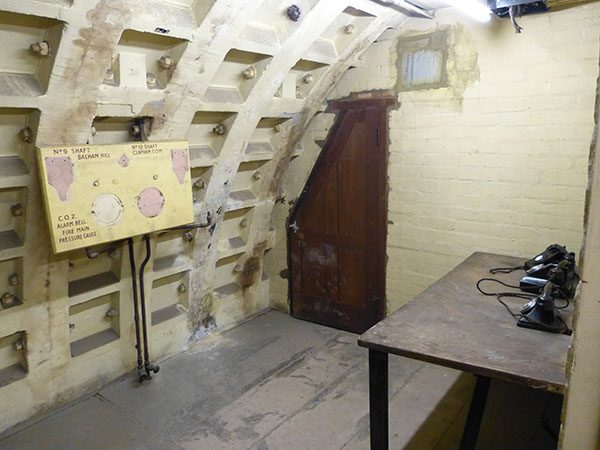
There are two entrances to the air raid shelters. One entrance to the air raid shelter is in the common park area on the other side of the entrance to present day's Clapham South underground station (between Clapham South and Clapham Common stations). The round concrete and brick wall is immediately visible. The other one is covered in white tiles and located in a parade of shops, and this is the entrance that we used in the tour.
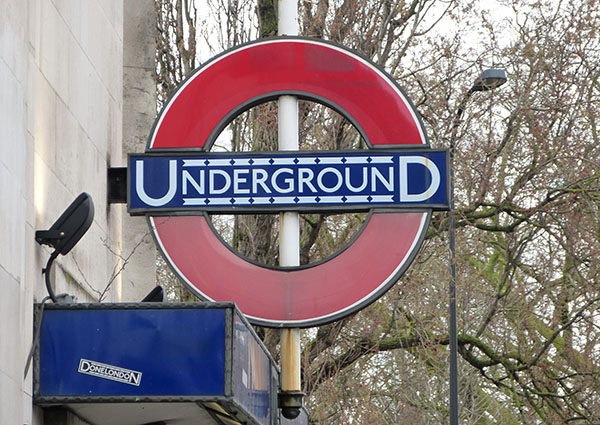
After climbing down 180 stairs, we were led to an area where the history of the tunnels was discussed and saw the original signs that detailed the names of the tunnels and locations of medical, post, and canteen facilities. The tunnels for the shelter are directly underneath the northern line train tunnels. (They intended to use these for faster train service after the war, but this never happened.) Each stretch of tunnel had a name of a famous colonel or other militiary mastermind. The names were in alphabetical order so that people could easily find their way around. Each parallel tunnel also had a colour (red or blue).
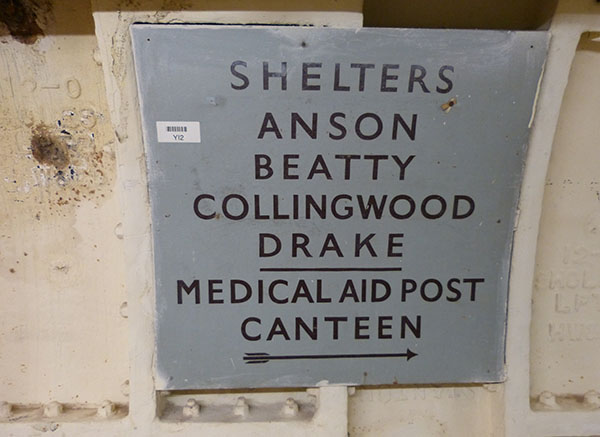
The first room we stopped off to see was the medical room. This still had the tap and tiling for the sink, but the sink was missing.
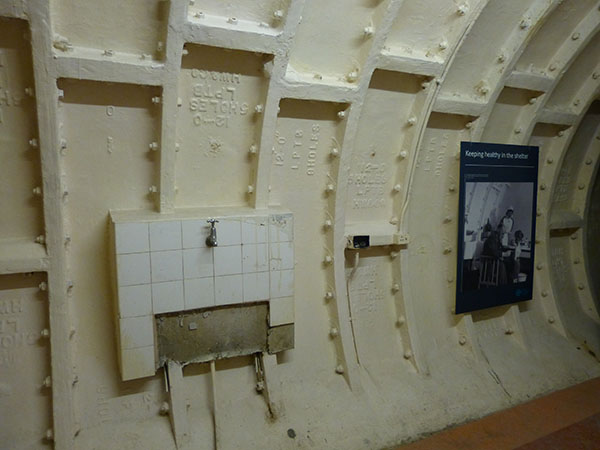
We were then shown the first stretch of tunnel, which is left virtually empty. The tunnels were dug by hand. The rings in the tunnels here are made of re-inforced concrete because metal was scarace during the war.
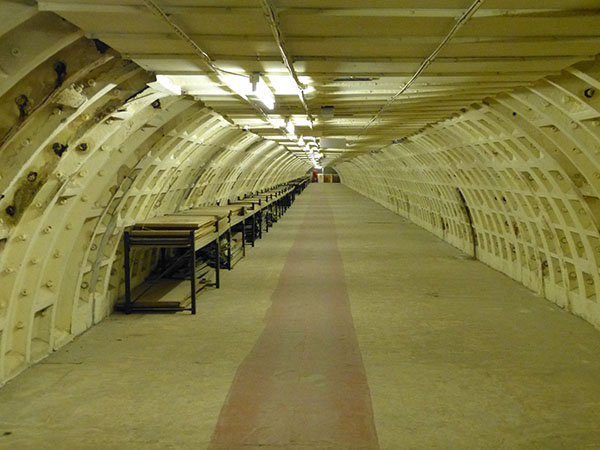
Between some of the tunnels (which run parallel) was a small area with a table, and it was known as the recreation area.
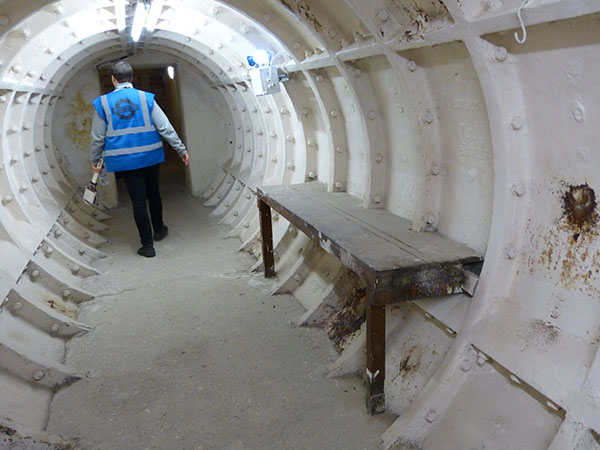
The tour then went on to another tunnel area filled with beds. The beds are the original ones on the right-hand side of the below image. On the left, the beds were arranged to fold up and placed length-ways down the tunnel.
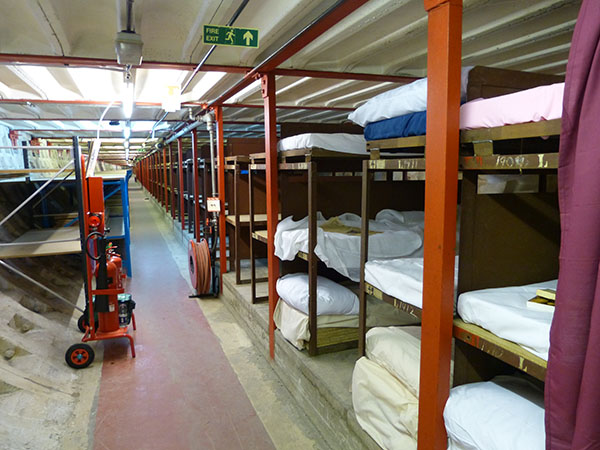
People who needed a bed for the night were given a tunnel name and bed number. They had to bring their own bedding. The numbers of the beds can be seen on the frames. Life in the shelters was apparently not too bad because the beds had springs, and loudspeakers in the tunnels meant that music could be played during the day. However, life was regimented and people had to be awake by 7:00am.
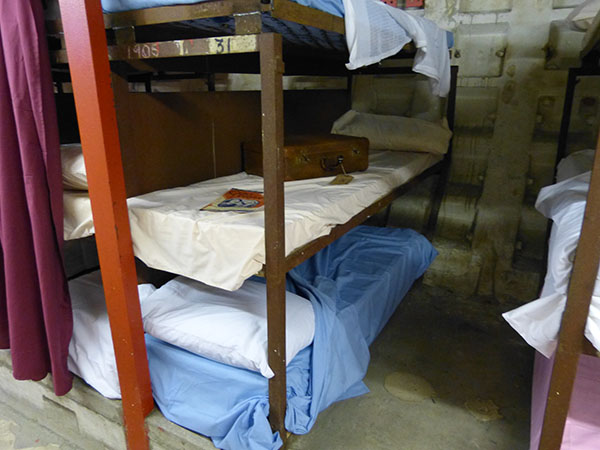
After World War II, the shelters were used for awhile by those who lost their homes and also for youth groups to stay in as well as for accommodation for 1951 Festival of Britain, which was held on South Bank. Some of the grafitti can be seen from those staying. The tunnels were also used by immigrants from Jamaica as accommodation; these immigrants were shipped over to help rebuilding after the war, and this explains why this area of London has a large Afro-Caribbean community. Today, the shelters store archives. Up the road at Clapham Common, the tunnels for the shelters are used to grow salad.
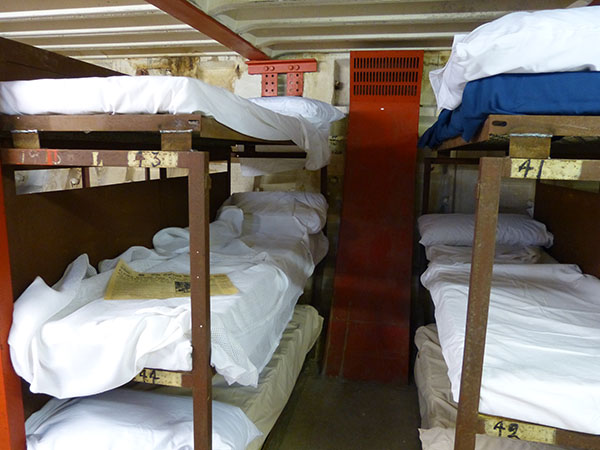
We walked down more tunnels of rows of beds and shelving created to store archives.
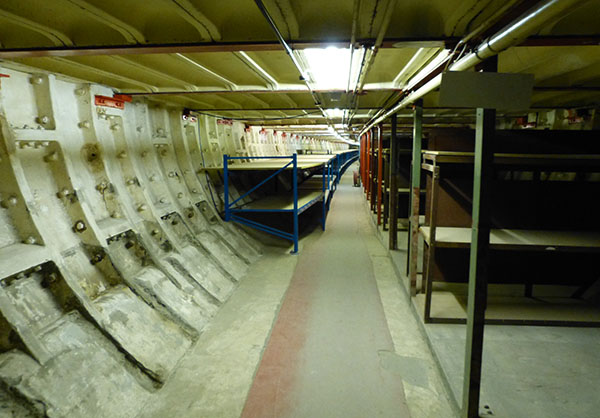
One of the tunnels had the canteen at the beginning of it. The canteen has been removed, but its location can be seen as well as a fuse board that reads "Buffet Fuse" on it.
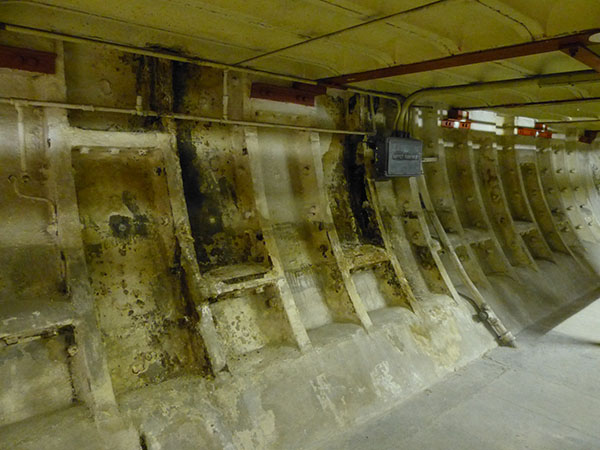
We also were shown the men's toilets, which is just an empty room. We could see where the stalls and urinals were. We were also told how the sewage was pumped out as these tunnels are well below sewage lines. Air would be used blast the sewage up.
In between the tunnels, we were also told were a set of stairs that would go to the northern line platforms. These were used by workers who stayed in the tunnels during the war.
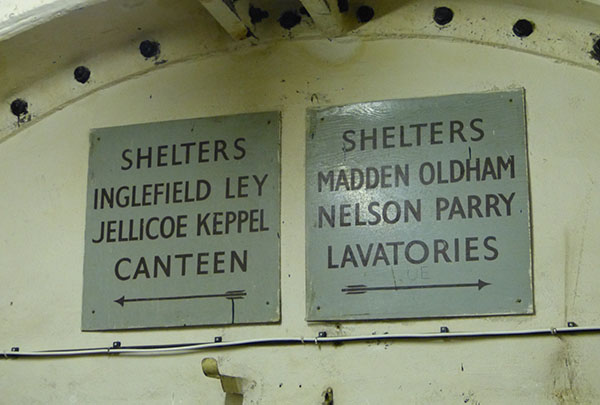
The last room we saw was the control room, which contained some old phones.
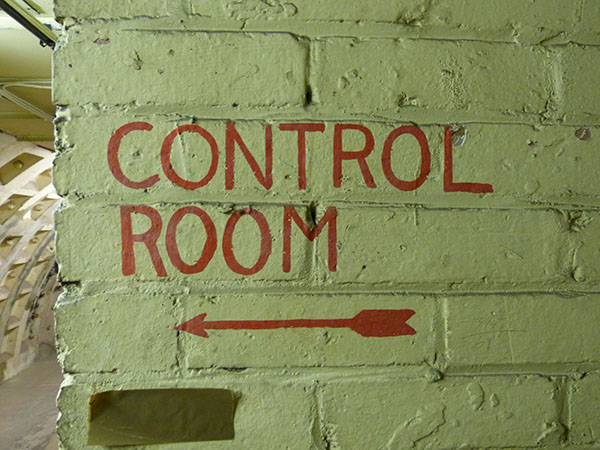
Have you toured Clapham South shelters?
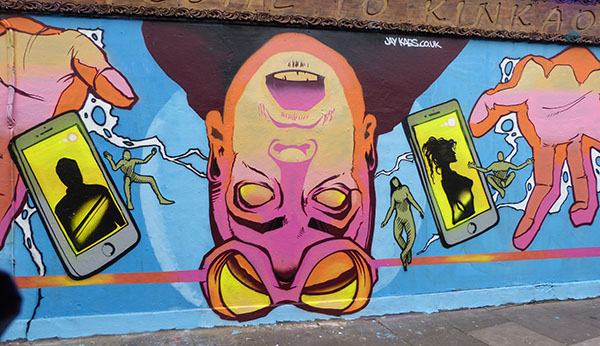

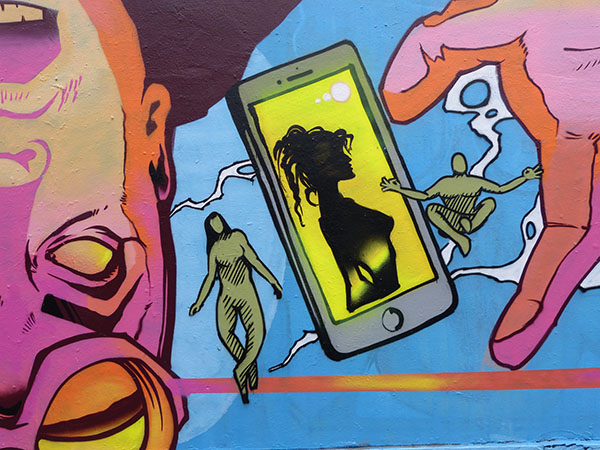
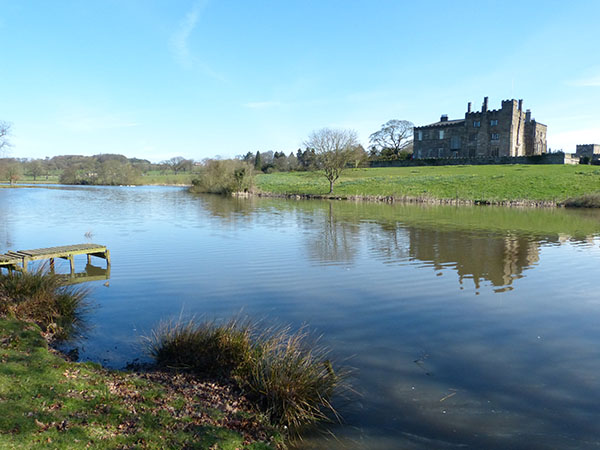

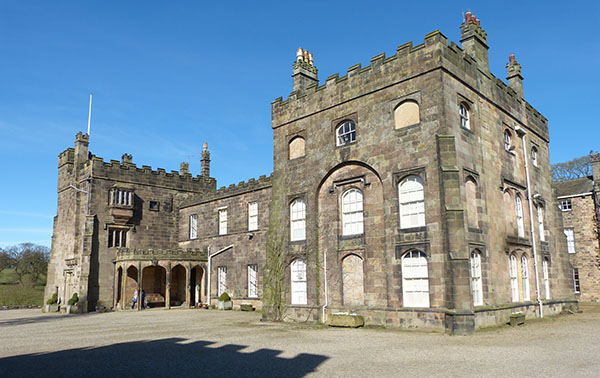
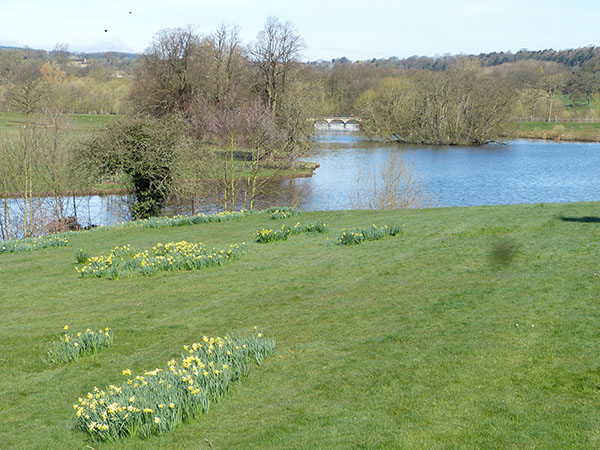
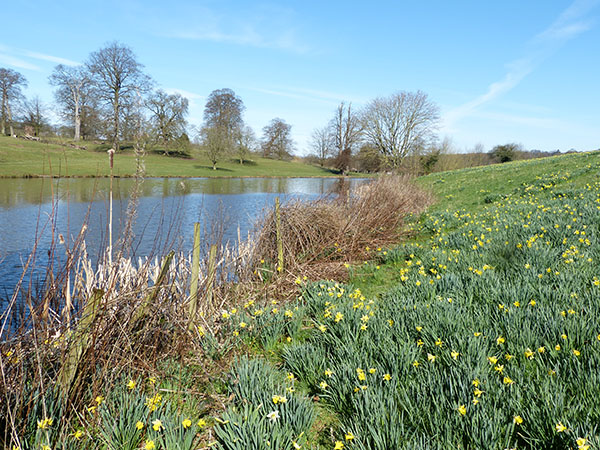
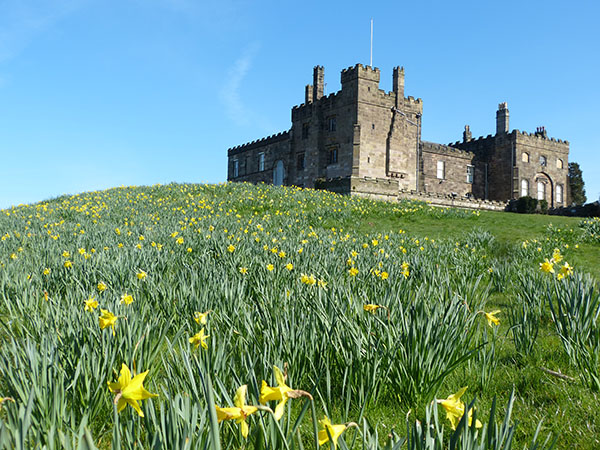
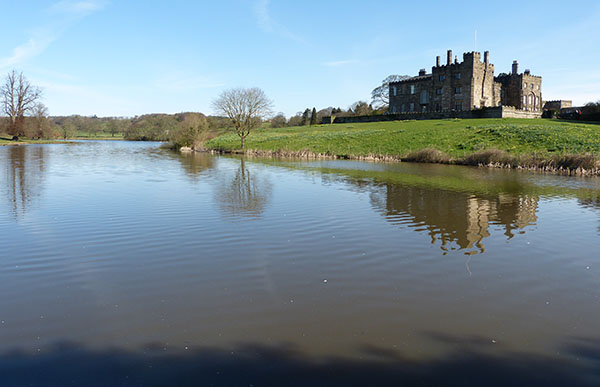
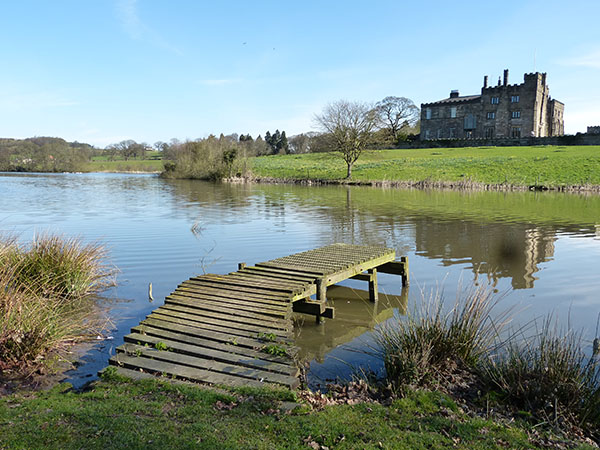
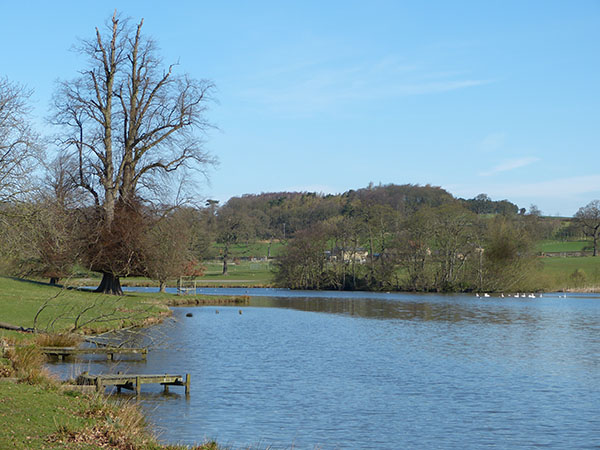
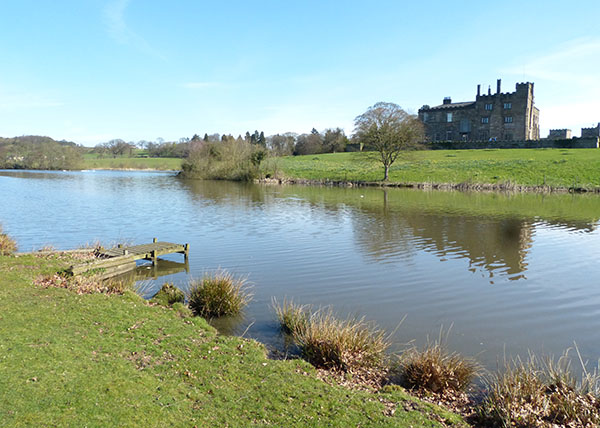
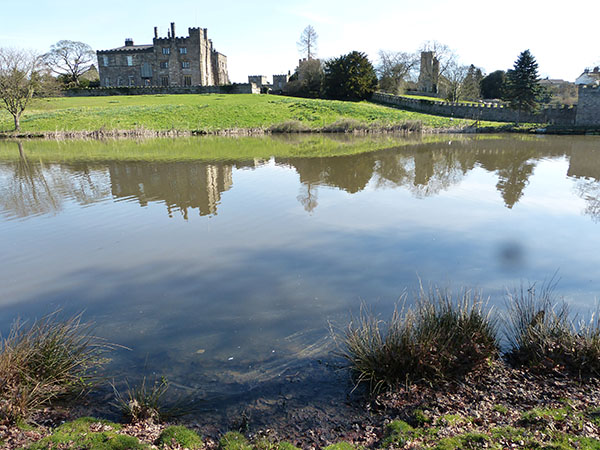
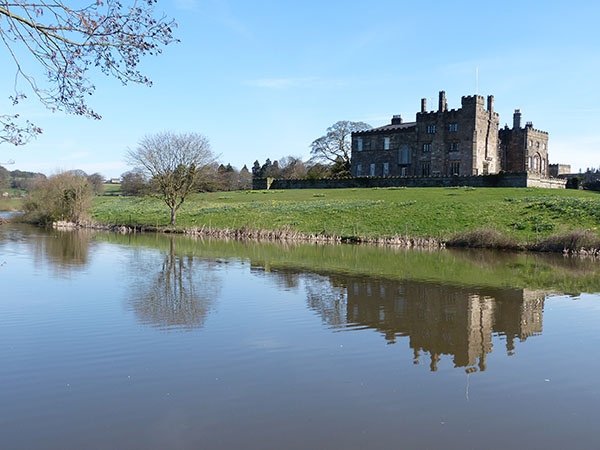

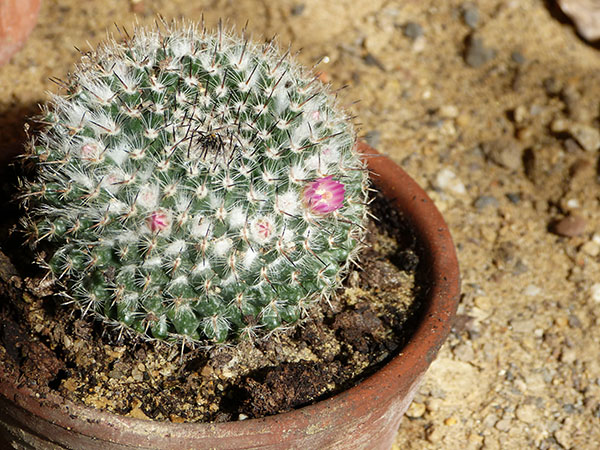

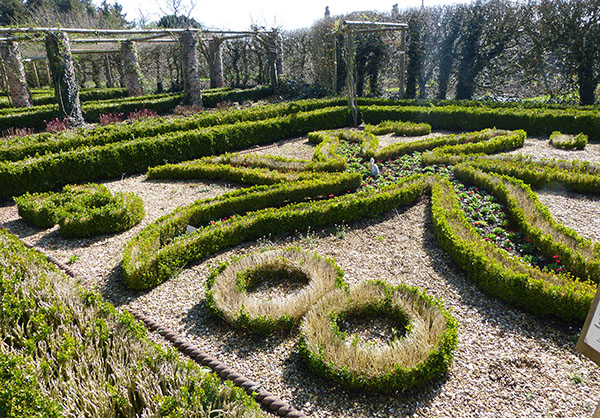
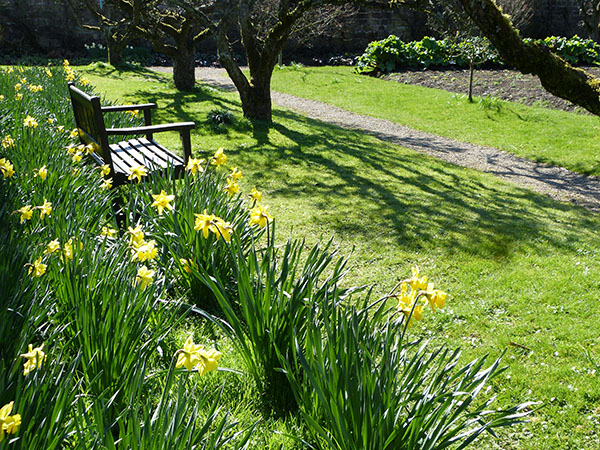
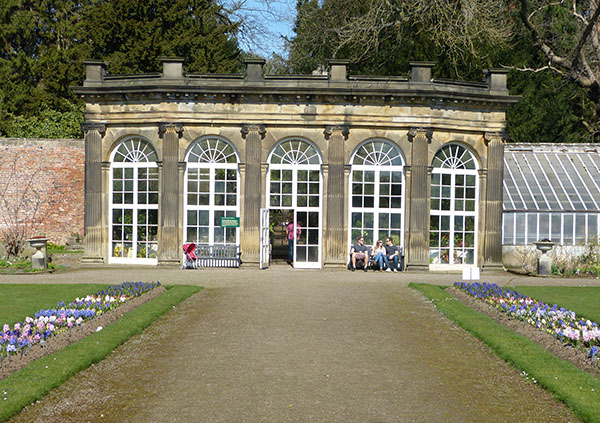
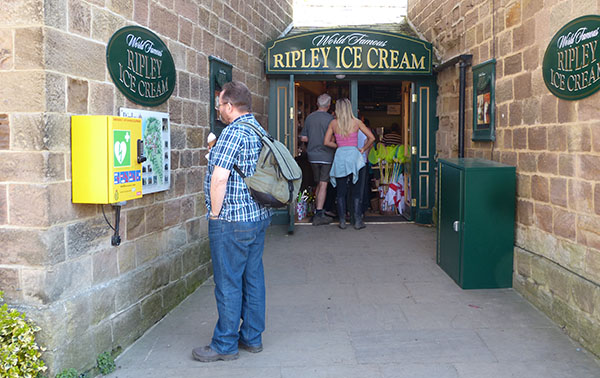














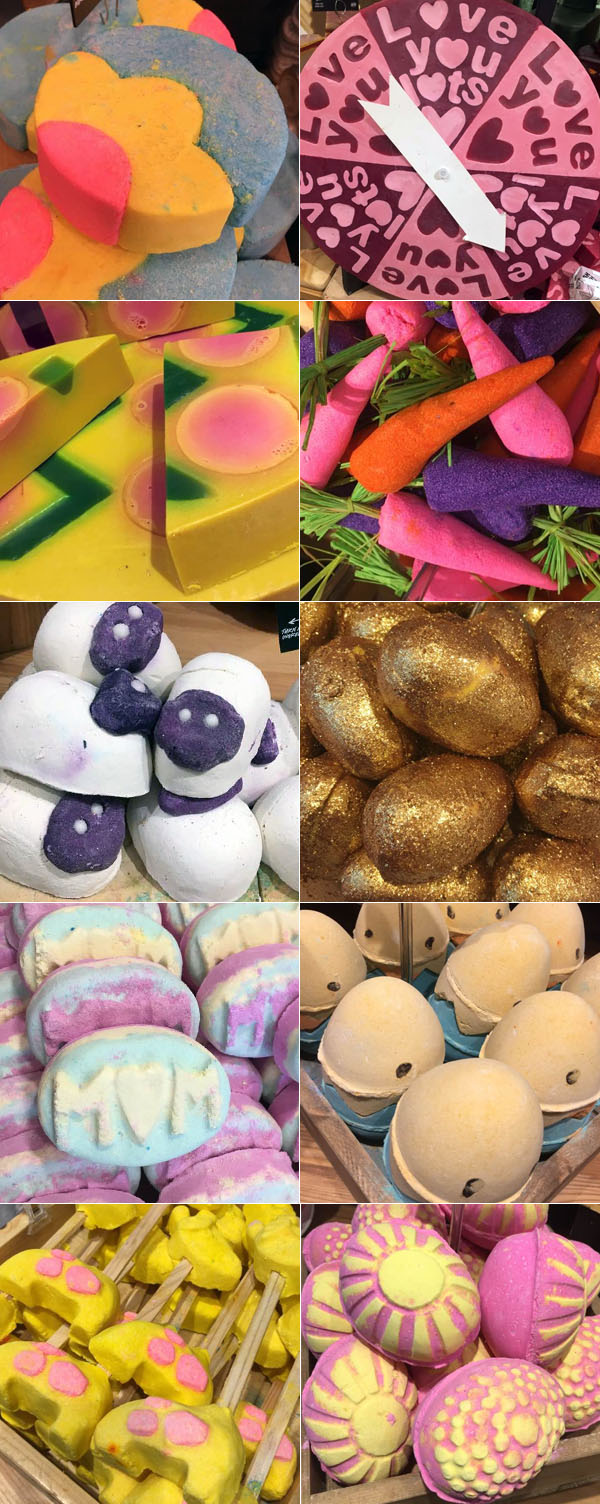
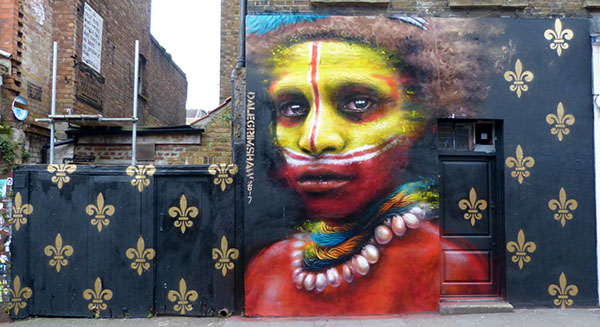
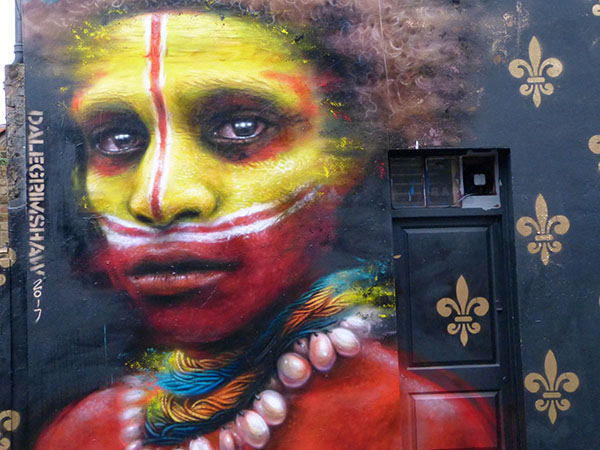
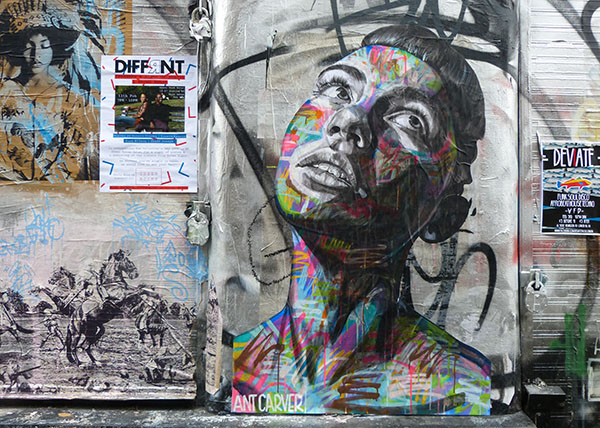
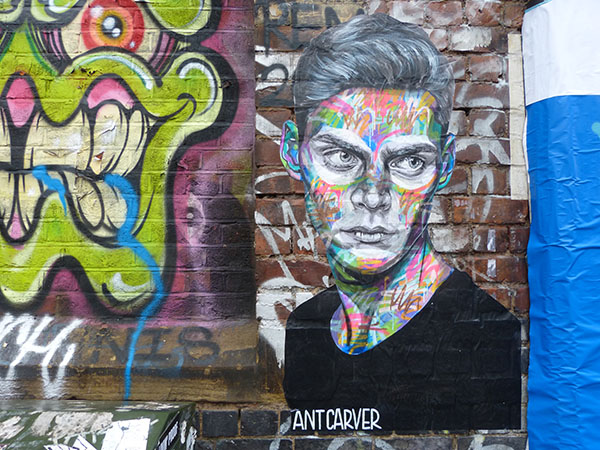
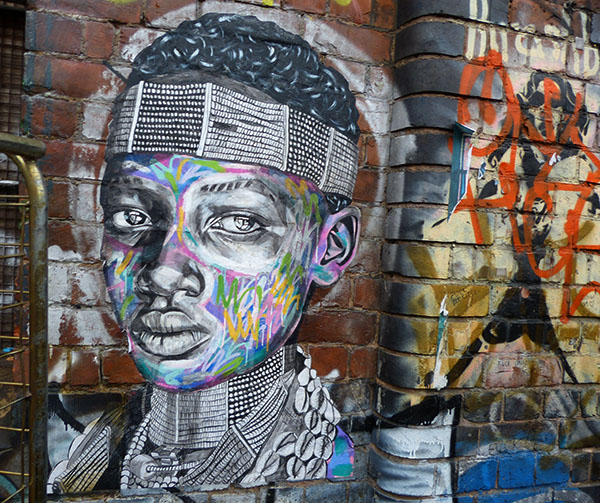

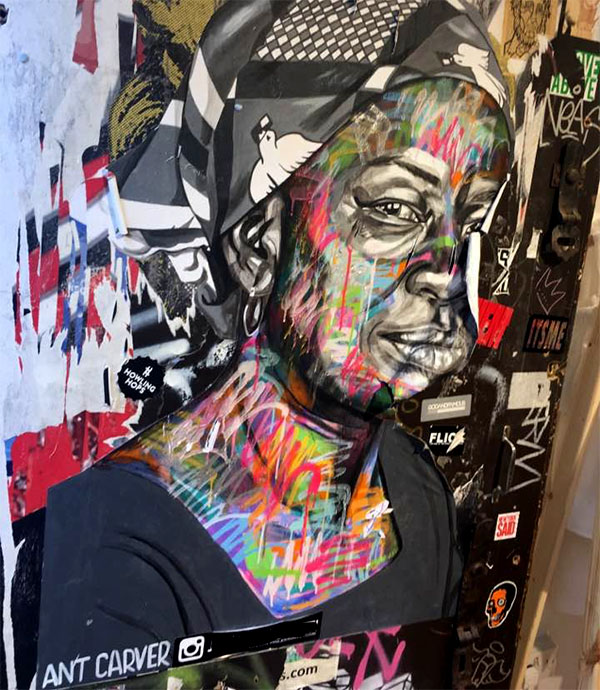


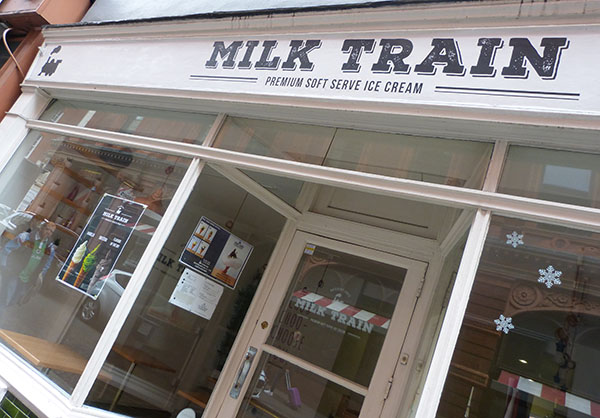
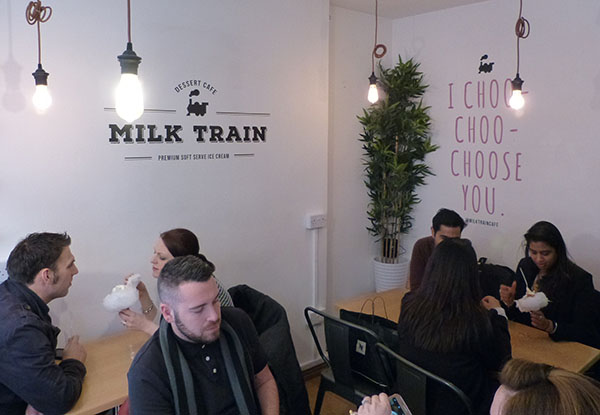
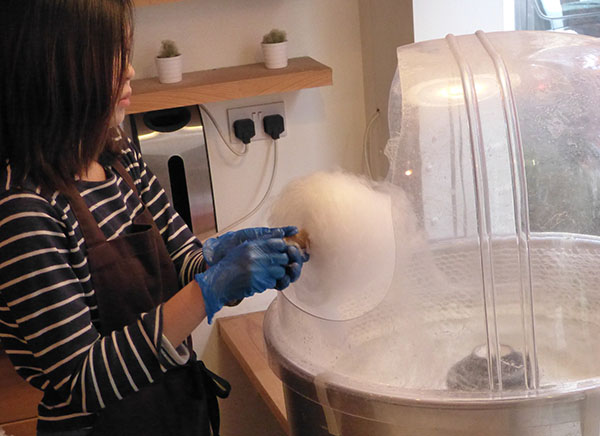
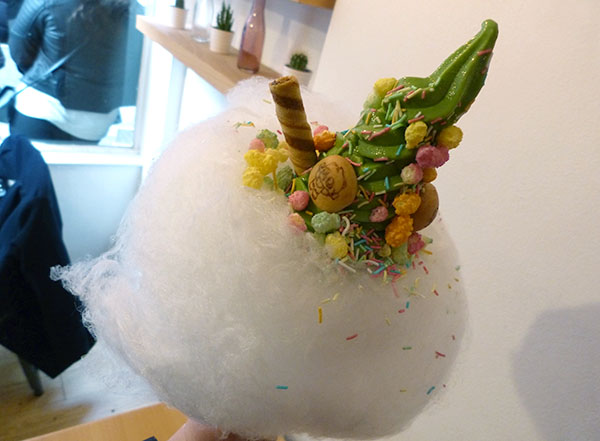
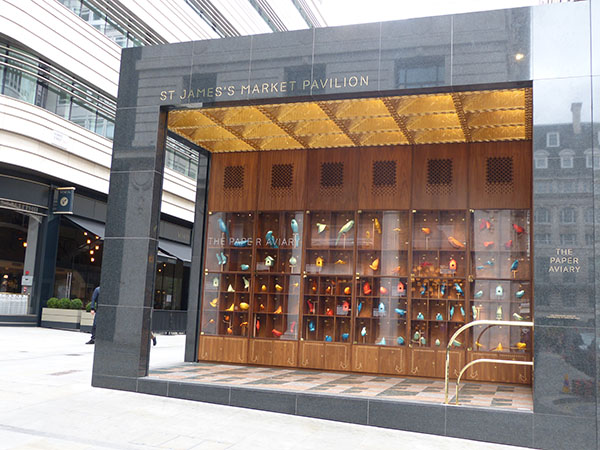


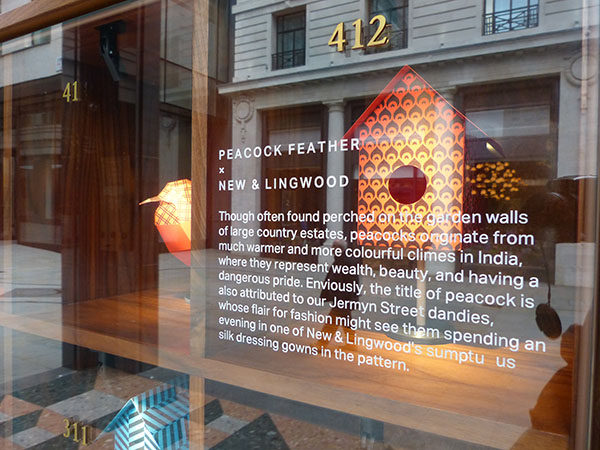
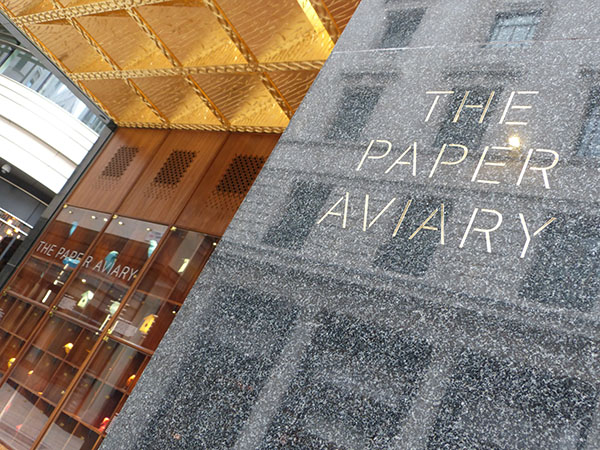
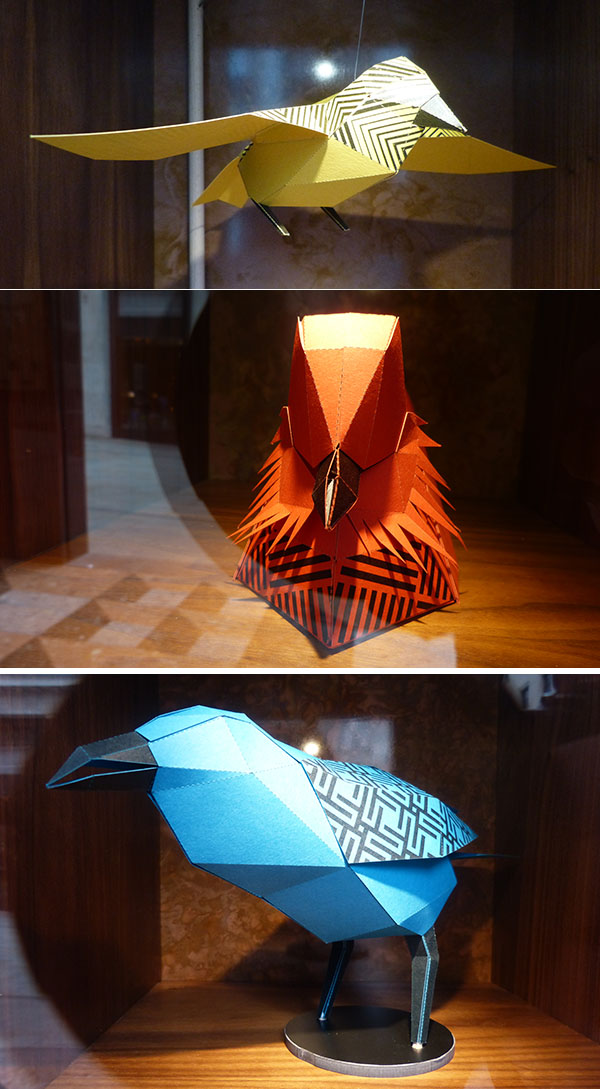
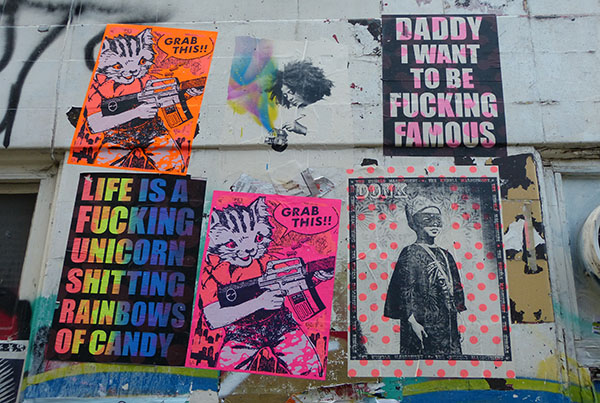




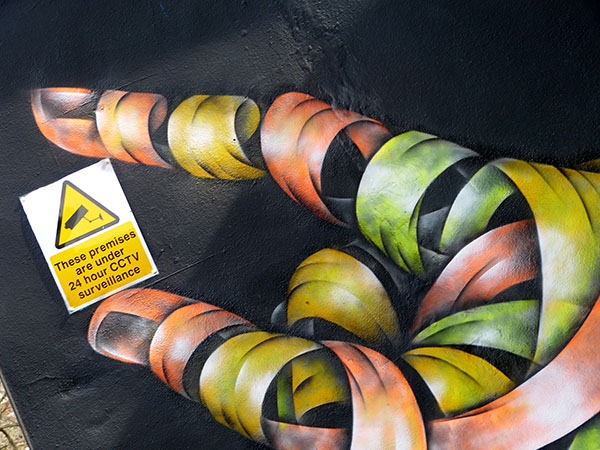
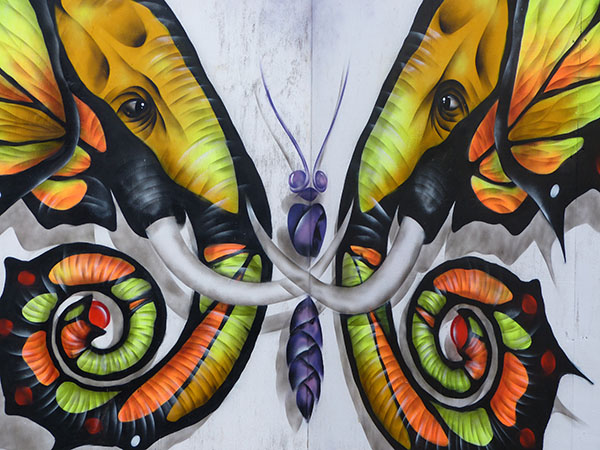

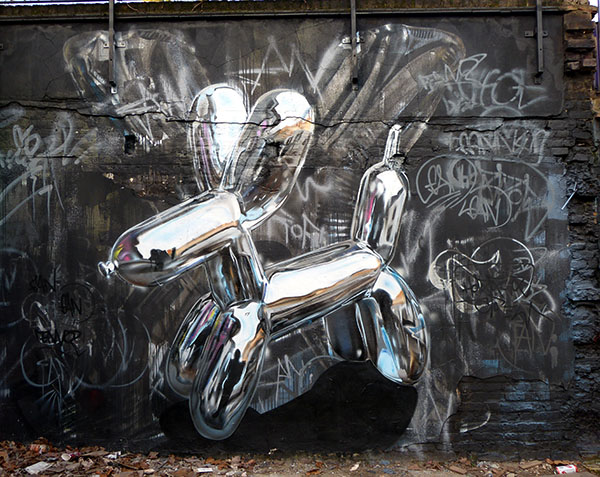
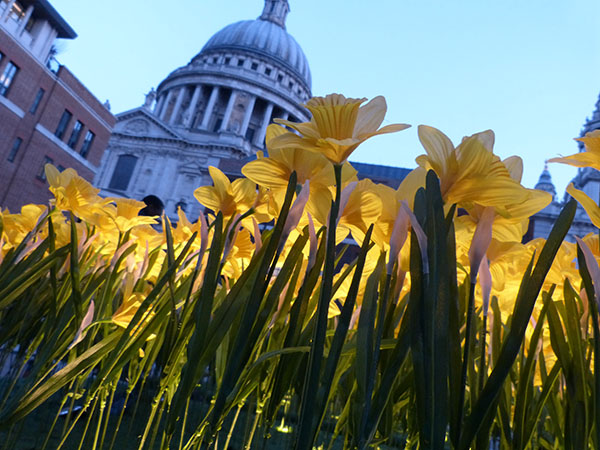
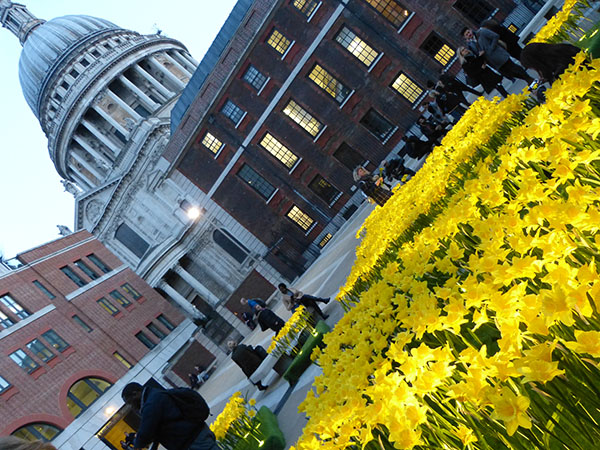

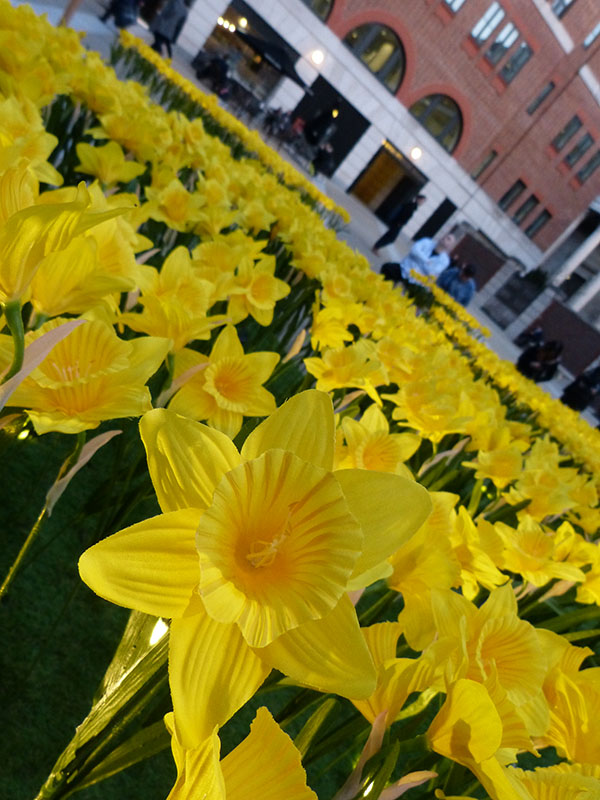
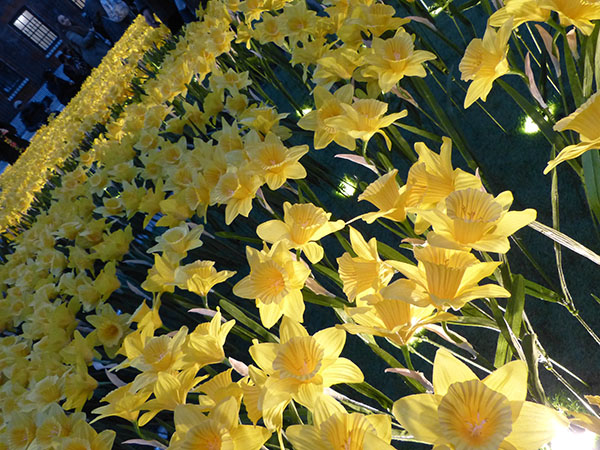
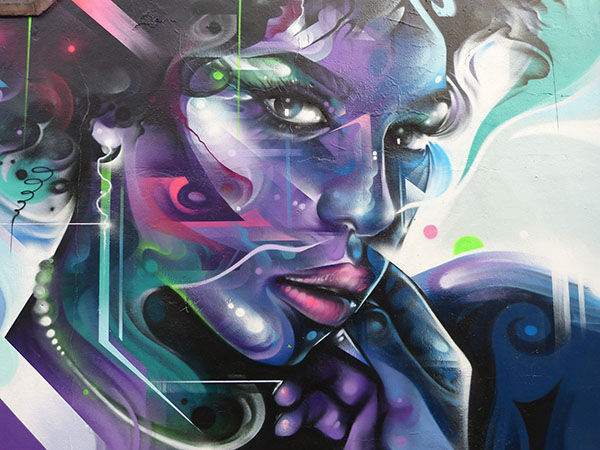
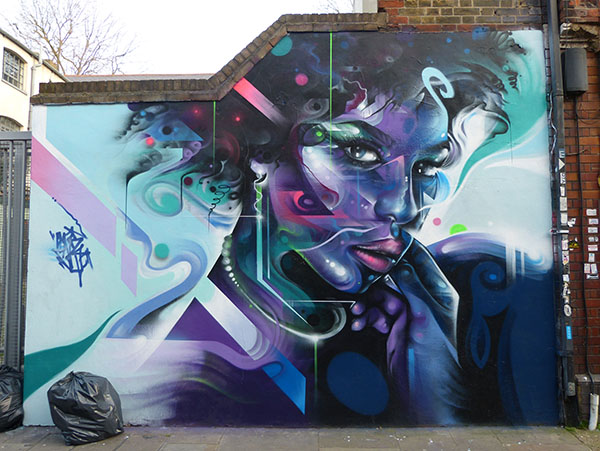
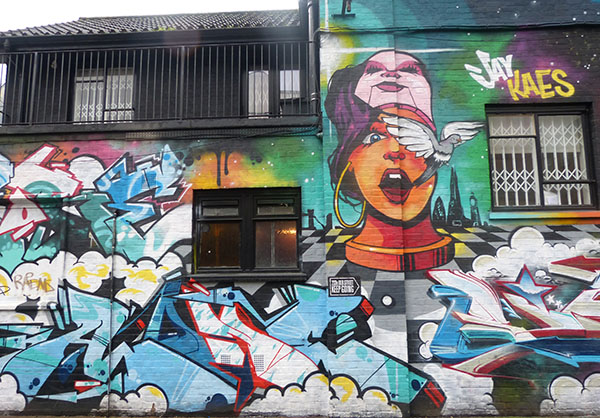
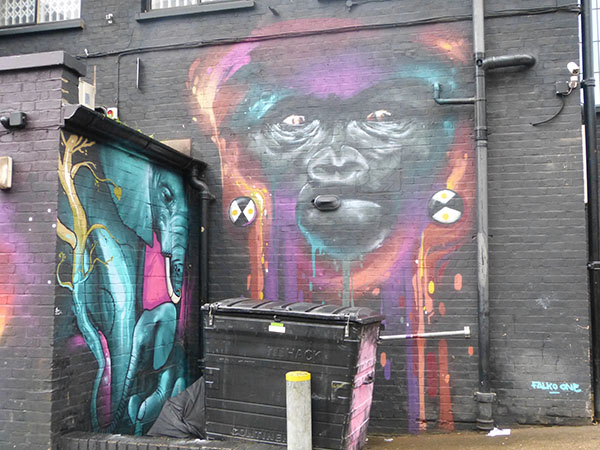
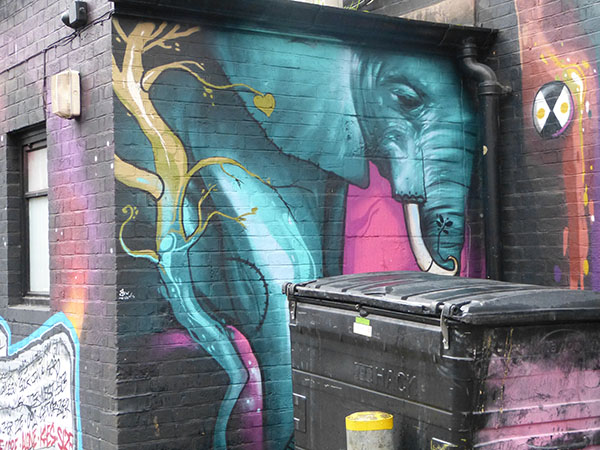


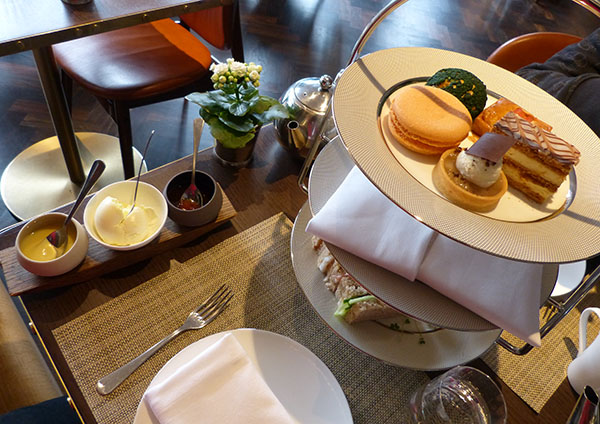
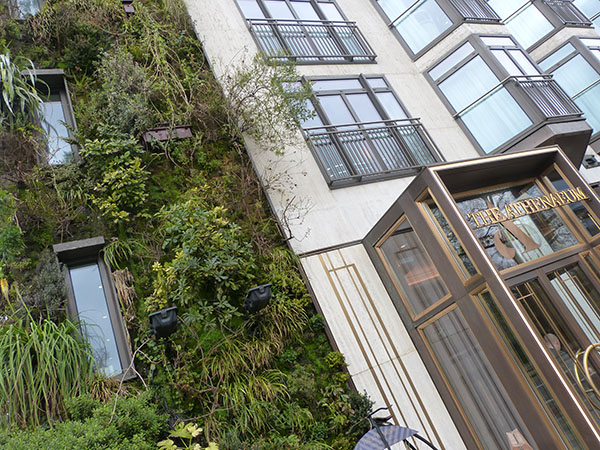


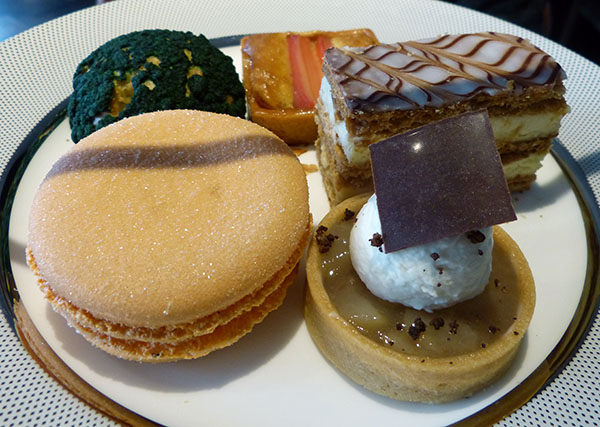

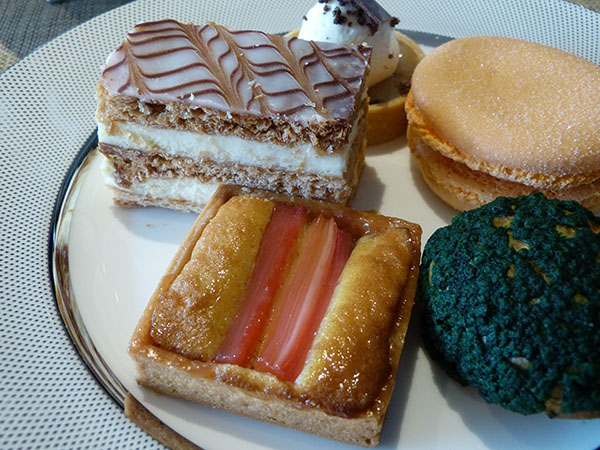
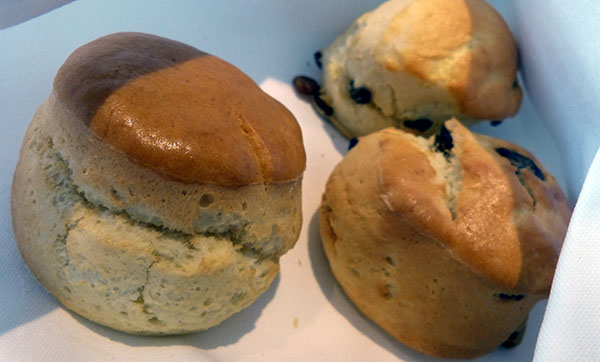
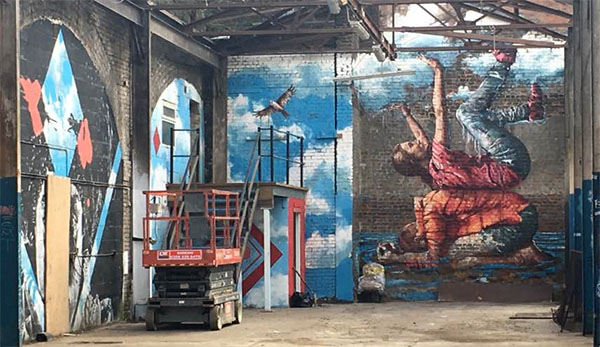
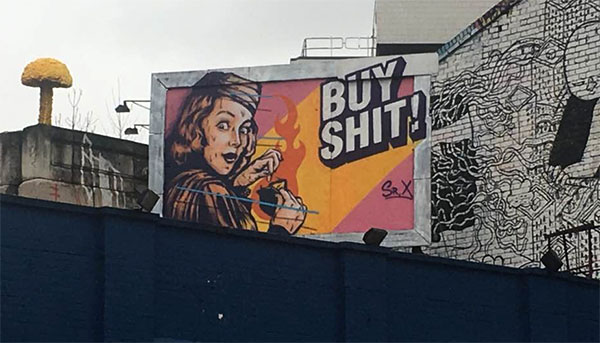
Recent Comments